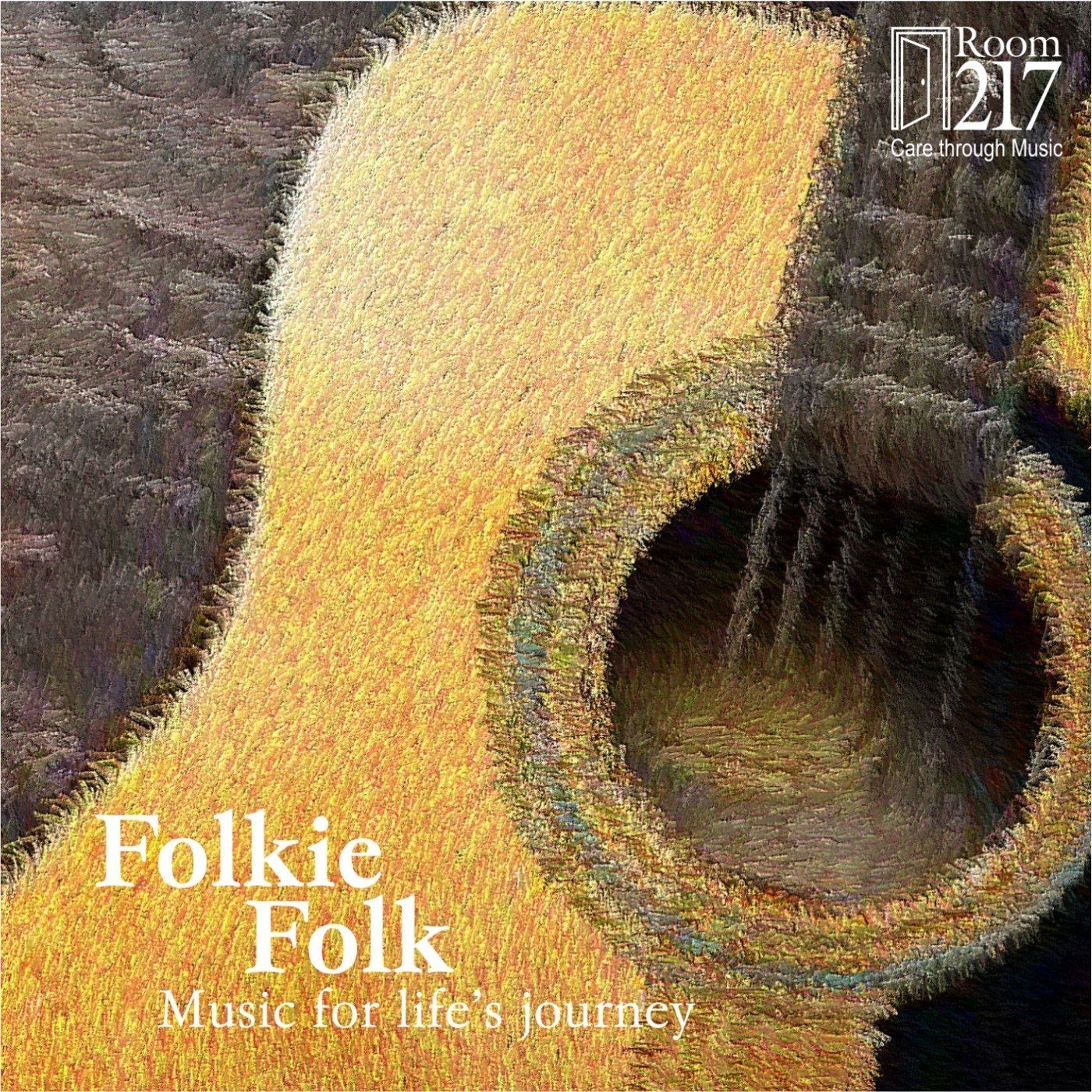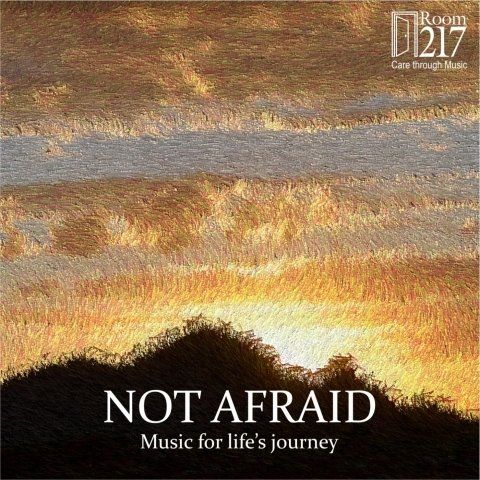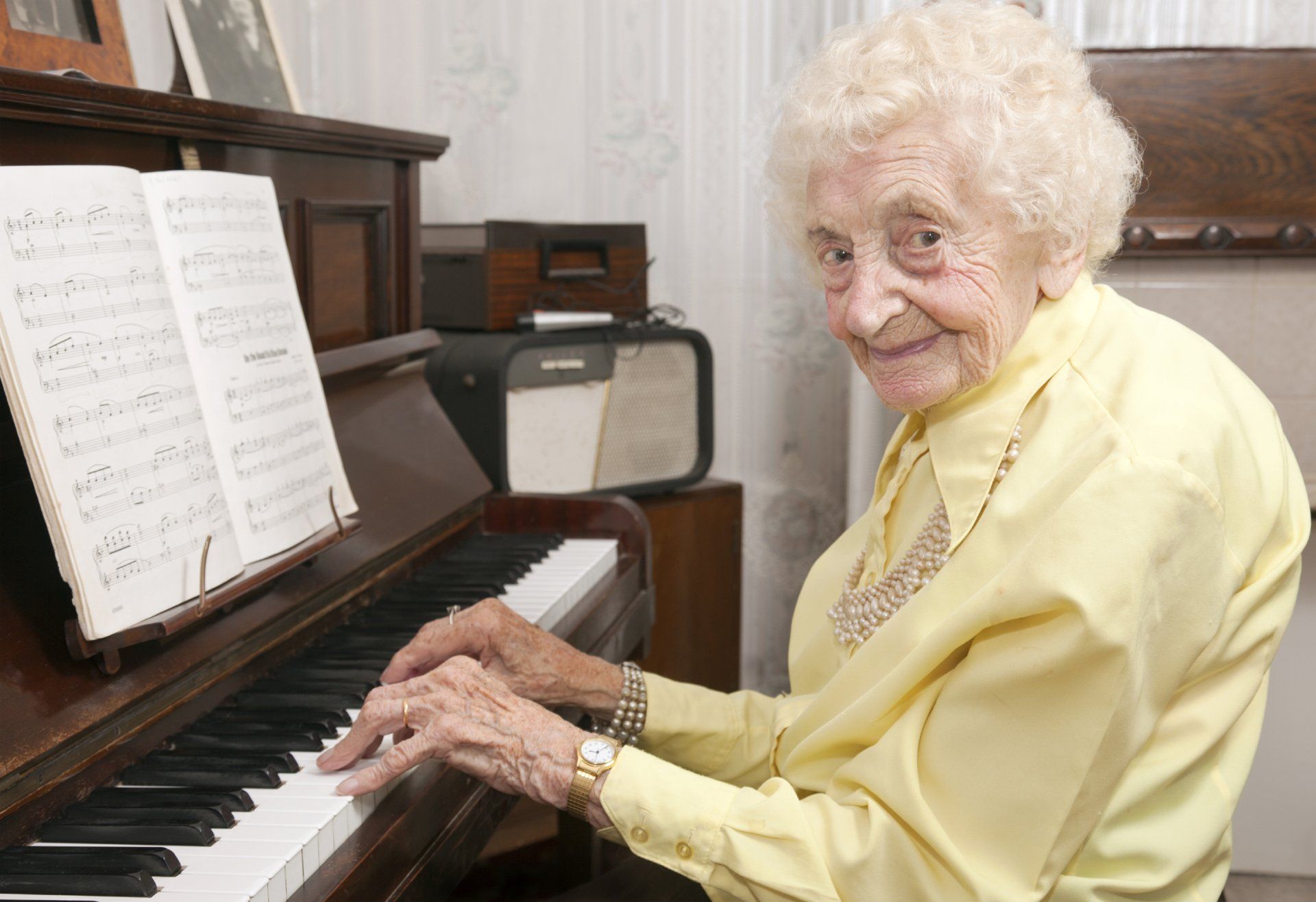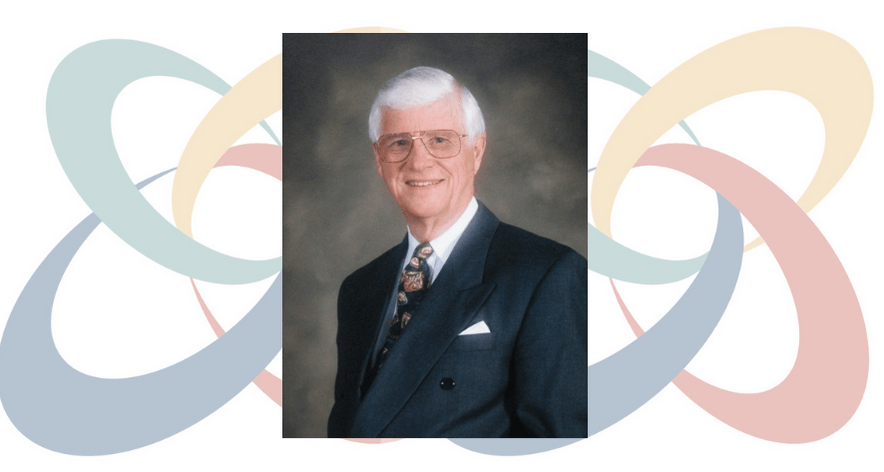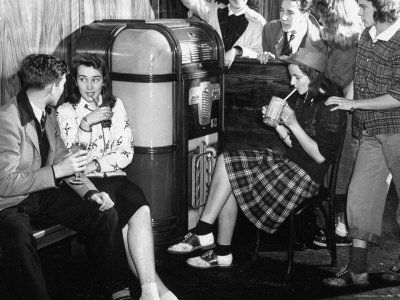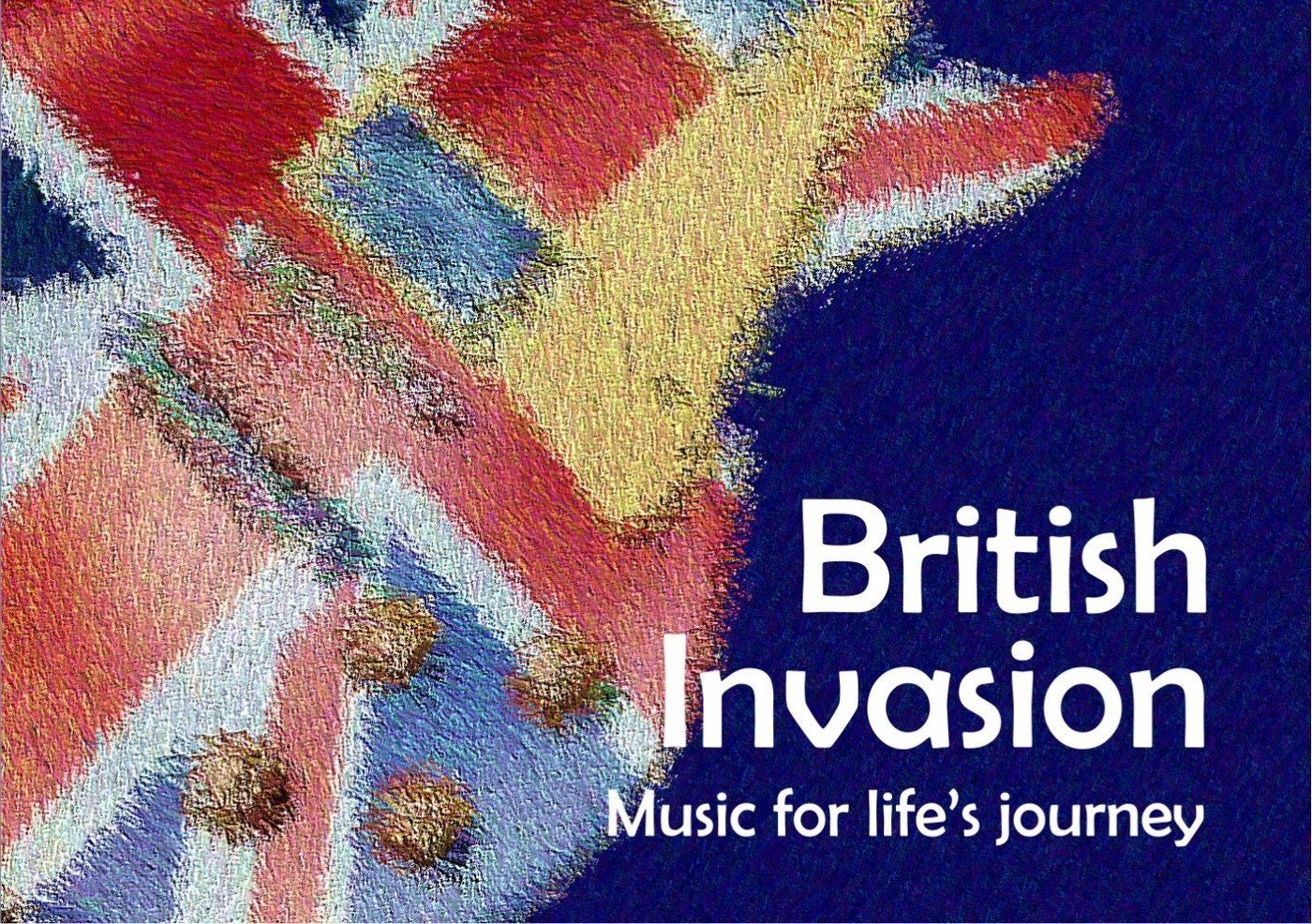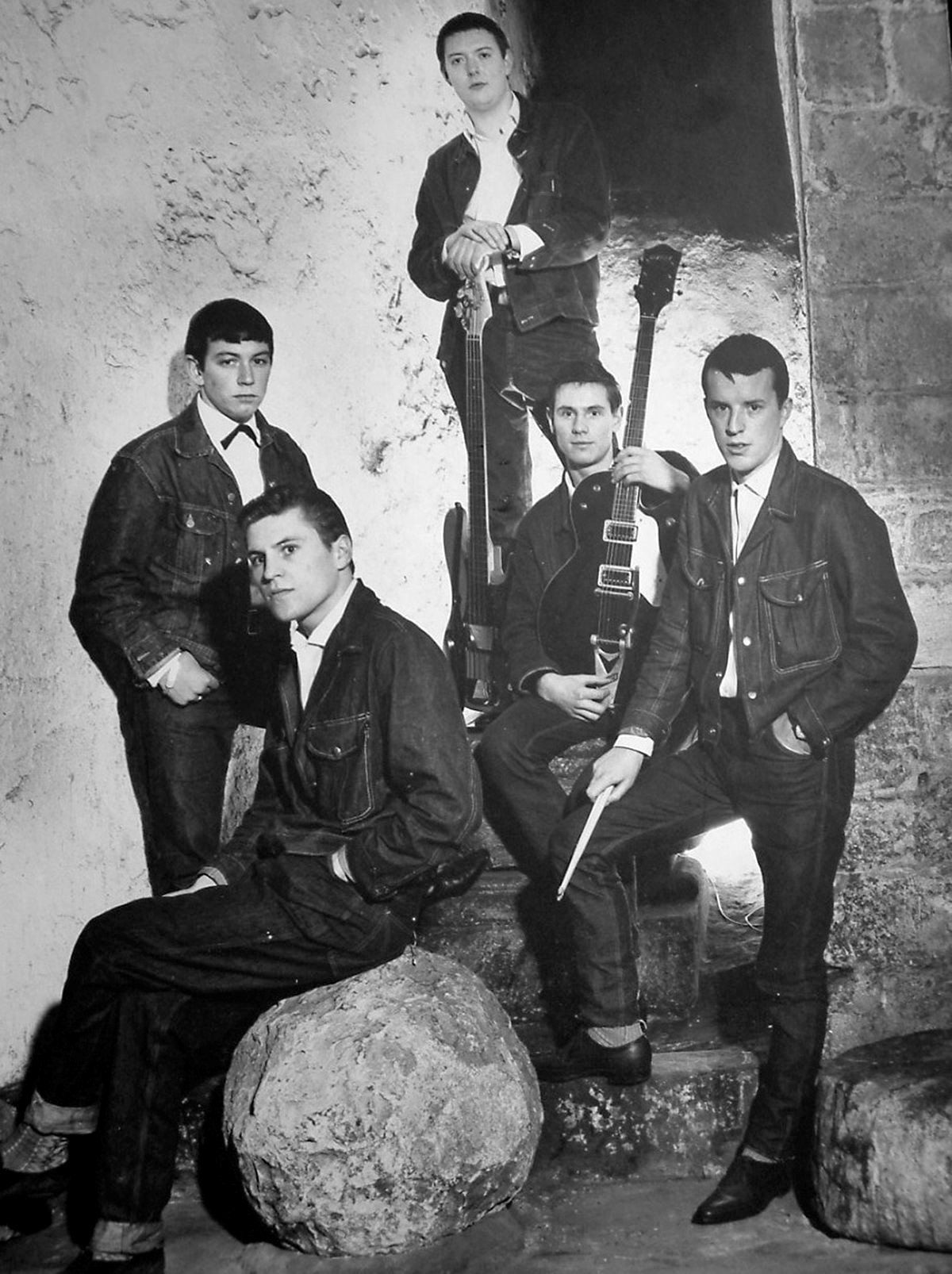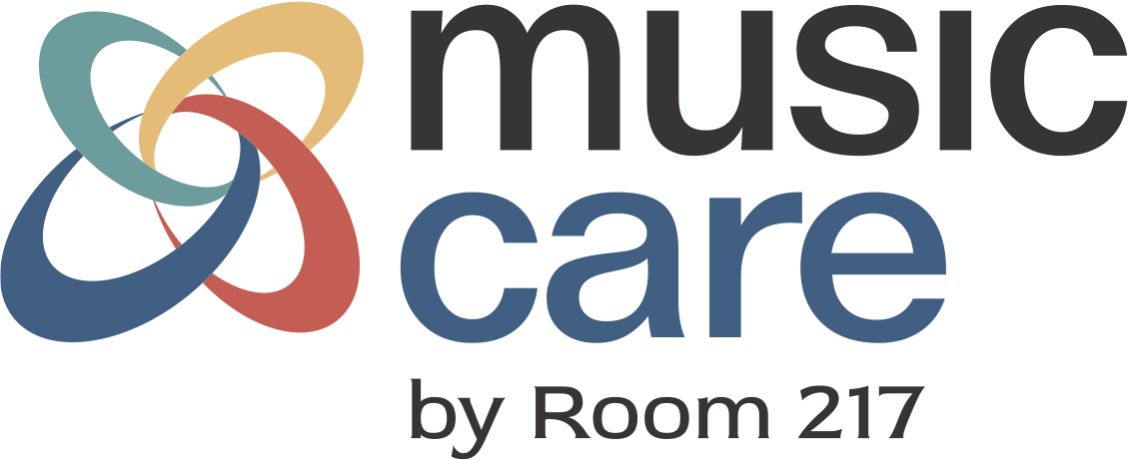Open-Up Your Visual & Audio World with Mirror Casting
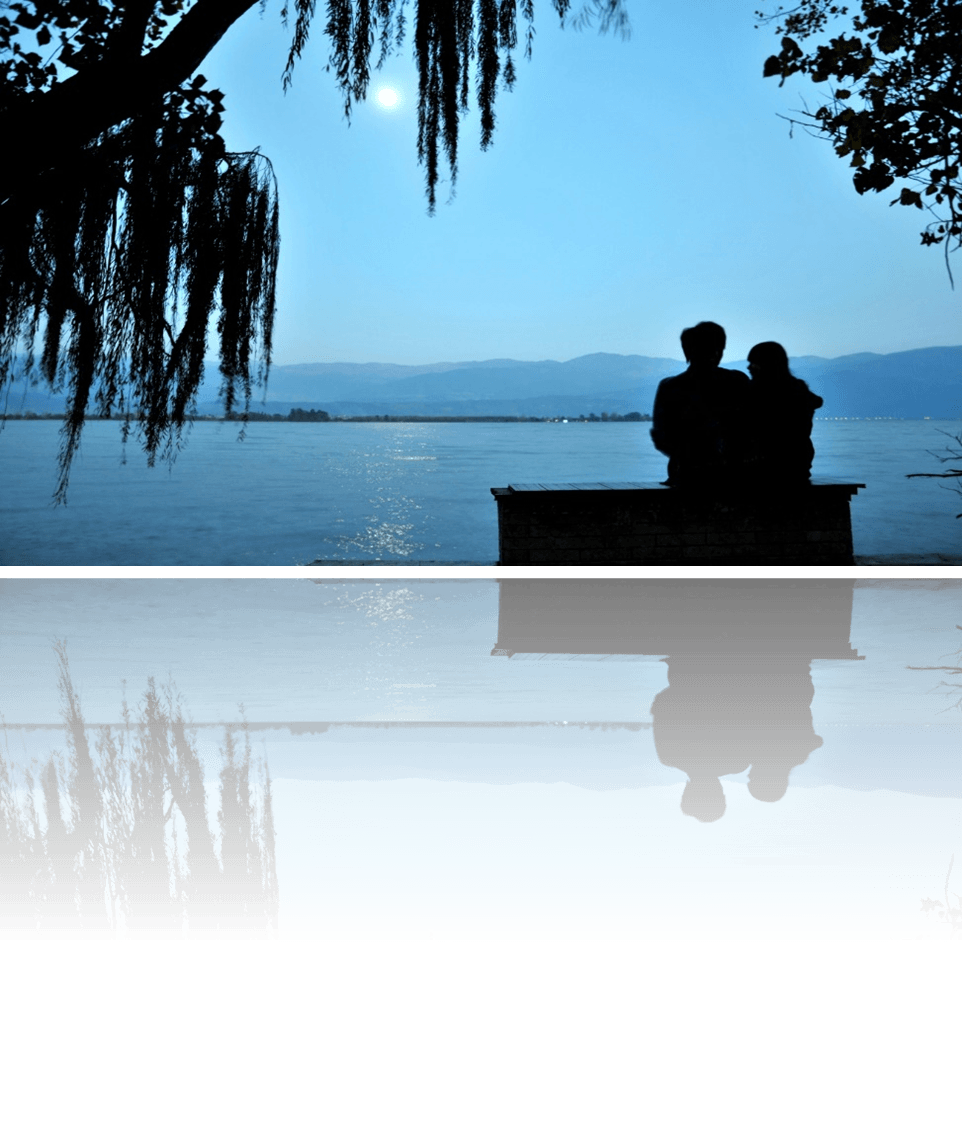
You may have come across the word casting or mirroring in your technical travels and wondered, “what does that actually mean?”
Mirror Casting
is a way to take the information, both the audio and the video, from your cell phone, iPad or laptop and have it play on a larger screen like a Smart TV monitor. Think of it like fishing, with the cell phone as your hook and the fish you are looking to catch is the TV!
Mirror Casting will allow you to move from room-to-room, while maintaining and keeping your program files, for each resident, in one place on your hand-held device! It can also be used to keep your program files at your finger-tips for all types of settings like, “Dining Time” or “Activity Time” just as a suggestion.
How to Tips and Tricks
Keep in mind, each set-up may vary slightly by the make and model of the cell phone and the TV monitor you are casting to. It is recommended that both your devices, the cell phone and the TV are installed with the most recent software update.
Both your cell phone and TV monitor software updates can be found in under your settings buttons.
- Look for the settings icon which will take you to your update software button.
We are providing you a number of links below for you to watch or read, depending on your preference, that will allow you to find the correct instructions for the type of devices you are using. To make casting smoother is it recommended to have the same WIFI connection on both devices.
Once you have updated your software, you can now turn on your casting features.
- Settings to be prepared in advance
- Check if the TV's Smart View function is turned on:
- Settings > General > External Device Manager > Device Connect Manager > Access Notification
How do I cast / mirror my phone to my Smart TV?
It is easy to connect the two for screen sharing following these steps:
- Wi-Fi Network. Make sure that your phone and TV are connected to the same Wi-Fi network.
- TV Settings. Go to the input menu on your TV and turn on “screen mirroring.”
- Android Settings.
- Select TV.
- Establish Connection.
Do you still need more instructions? Not to worry!
Try these suggested links below to help guide you through the process.
Android Device: Read this article
3 Easy Methods to Cast Android to TV (without Chromecast) - JoyofAndroid.com
Android Devices:
Watch This Video on Youtube from - ‘How To Tech” channel
https://youtu.be/3SeHA_uLF6M
iPhone, iPad Devices:
Read this article
Use AirPlay to stream video or mirror the screen of your iPhone, iPad – Apple Support(CA)
https://support.apple.com/en-ca/HT204289
iPhone, iPad Device
Watch This Video on YouTube from - “How To Tech” channel
https://youtu.be/ObusrROvkk0
By Mirror Casting your device to a Smart TV, it has the ability to take the music care experience to new heights for those in your care.
Wishing you great success!


